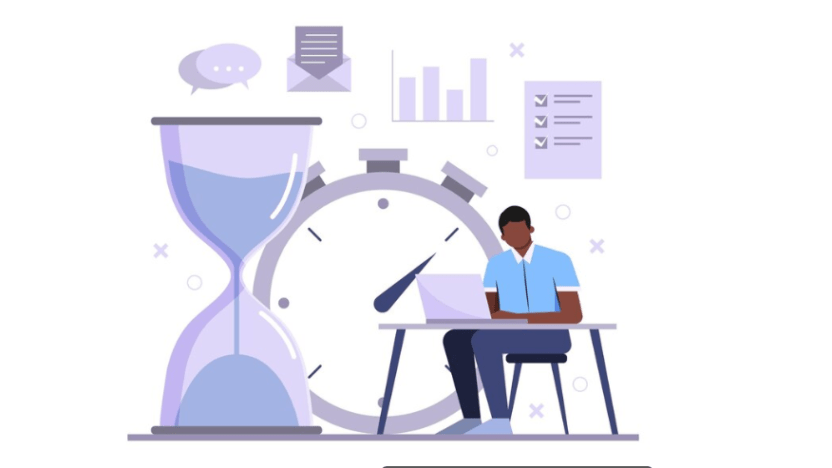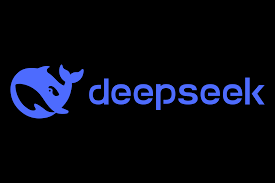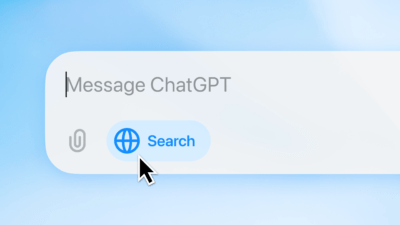Have you ever felt like there just aren’t enough hours in the day? I have recently been feeling that way. No matter how hard I tried, I couldn’t seem to get everything done and my to-do list just kept growing. This made me feel stressed and overwhelmed every day. This is why I asked artificial intelligence for help.
To be fair, this wasn’t my idea. I actually came across people on social media asking AI for different things, from career advice to budgeting tips and that inspired me. AI tools like ChatGPT are designed to give quick, smart answers to almost any question after all. And it didn’t disappoint.
The Question I Asked AI
Instead of just asking generic questions, I decided to share my specific challenges with the AI. Here’s the prompt I used:
“I’m really struggling with productivity. I have a long list of things to do, but I don’t know where to start. I am easily distracted by outside influences, and by the end of the day, I feel like I haven’t accomplished anything. Can you help me figure out how to be more productive, avoid distractions, and stay motivated?”
The AI responded with a detailed plan tailored to my struggles and I was truly impressed.
Here is The AI’s Advice
The AI’s response was full of actionable and helpful tips. Here’s a breakdown of what it suggested:
1. Prioritize with the Eisenhower Matrix
The AI explained the Eisenhower Matrix, a simple tool to categorise tasks into four groups. This method helps you focus on what truly matters instead of wasting time on things that don’t contribute to your goals. Here is how it works:
- Urgent and Important: Do these tasks first.
- Important but Not Urgent: Schedule these for later.
- Urgent but Not Important: Delegate or simplify these.
- Not Urgent or Important: Eliminate these tasks.
How to use it:
- Write down all your tasks.
- Sort them into the four categories; you could colour code them.
- Focus on completing the “Urgent and Important” tasks first.
- Schedule time for “Important but Not Urgent” tasks to avoid last-minute stress.
For example, if you have a project due tomorrow (urgent and important), do that first. If you want to start a new hobby (important but not urgent), schedule time for it later in the week.
2. Use the Pomodoro Technique
The AI recommended the Pomodoro Technique to stay focused. Short, focused work sessions prevent burnout and keep your brain fresh. The breaks give you a chance to recharge. Here’s how it works:
- Work for 25 minutes without distractions.
- Take a 5-minute break.
- After four cycles, take a longer break (15-30 minutes).
How to use it:
- Set a timer for 25 minutes and commit to working without interruptions.
- When the timer goes off, take a 5-minute break to stretch, grab a snack, or relax.
- After four cycles, take a longer break to rest your mind.
For example, if you’re studying for a test, work on one subject for 25 minutes, then take a break. Repeat this process to stay focused and avoid feeling overwhelmed.
3. Control Distractions
Distractions break your focus and make it harder to get back on track. Eliminating them helps you stay in the zone. The AI suggested several ways to minimise distractions:
- Turn off notifications on your phone and computer.
- Use website blockers to avoid social media during work hours.
- Keep your phone in another room while working.
How to do it:
- Go to your phone’s settings and turn off notifications for non-essential apps.
- Use tools like Freedom or StayFocusd to block distracting websites.
- If your phone is too tempting, leave it in another room while you work.
4. Set Small, Achievable Goals
Although this is a quite popular hack, a lot of people swear it’s effective. The AI advised breaking big tasks into smaller steps. Big tasks can feel overwhelming, but small goals are easier to tackle and give you a sense of progress. For example, instead of cleaning the house, start with organising your desk. Or if you’re writing a report, start with “write the introduction” instead of “finish the entire report.”
How to do it:
- Break your big task into smaller, actionable steps.
- Focus on completing one step at a time.
- Celebrate each small win to stay motivated.
5. Create a Balanced Daily Schedule
A balanced schedule ensures you have time for work, rest, and fun. It prevents burnout and keeps you energized throughout the day. The AI created a sample schedule for me, balancing work, breaks, exercise, and relaxation. It looked something like this:
- 8:00 AM: Morning routine (exercise, breakfast)
- 9:00 AM: Focused work (Pomodoro sessions)
- 12:00 PM: Lunch break
- 1:00 PM: Light tasks (emails, errands)
- 3:00 PM: Creative work or learning
- 5:00 PM: Relaxation or hobbies
How to tailor it to yourself:
- Write down your tasks and assign them to specific time blocks.
- Include breaks, exercise, and relaxation to maintain balance.
- Adjust the schedule to fit your preferences and energy levels.
Pro tip: If you’re a morning person, schedule your most important tasks early in the day. If you’re more productive in the afternoon, save your focus work for later.
How I Implemented the AI’s Suggestions
At first, I wasn’t sure if the AI’s advice would work for me. But I decided to give it a try. Here’s what happened:
- The Eisenhower Matrix helped me stop wasting time on unimportant tasks.
- The Pomodoro Technique kept me focused, and the breaks made me feel less tired.
- Turning off notifications was really a game-changer, considering I didn’t have high hopes for this hack.
- By focusing on small goals, big tasks felt less scary and overwhelming. Finishing them gave me a sense of accomplishment.
- The daily schedule the AI created for me was a bit too strict (for me), so I tailored it to fit my needs.
Lessons Learned from Asking AI
Asking artificial intelligence for productivity advice taught me a few important lessons:
- AI is a great starting point. It gives practical and helpful advice that’s easy to understand.
- Personalisation is key. While the AI’s tips were helpful, I had to adjust them to fit me personally.
- AI isn’t perfect. It doesn’t understand emotions or personal struggles, so it’s up to us to fill in the gaps.
- Ask specific questions. The more details you give, the better the AI’s advice will be.
- Test one tip at a time. Don’t try to change everything at once. Start small and see what works.
Conclusion
I asked artificial intelligence how to be more productive, and it completely changed my routine. From prioritising tasks to staying focused, the AI’s advice was practical and easy to follow. While it wasn’t perfect, it gave me a solid foundation to build on.
If you’re struggling with productivity, why not give AI a try? Or you could even just use the tips highlighted in this article; you might be surprised by how much it can help. After all, if a machine can help me get my life together, it can probably help you too!





